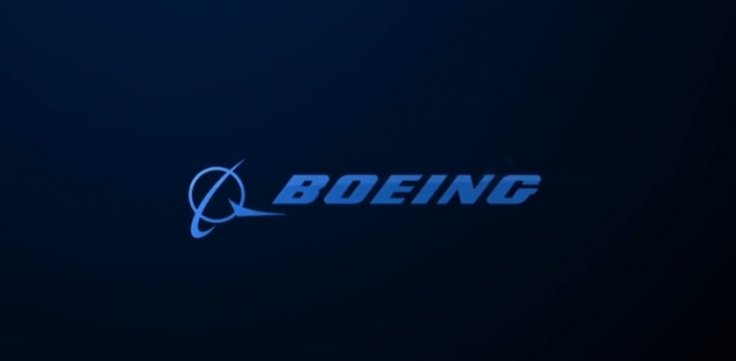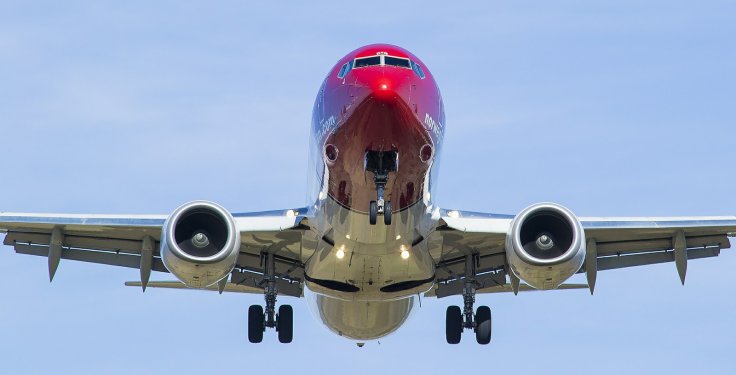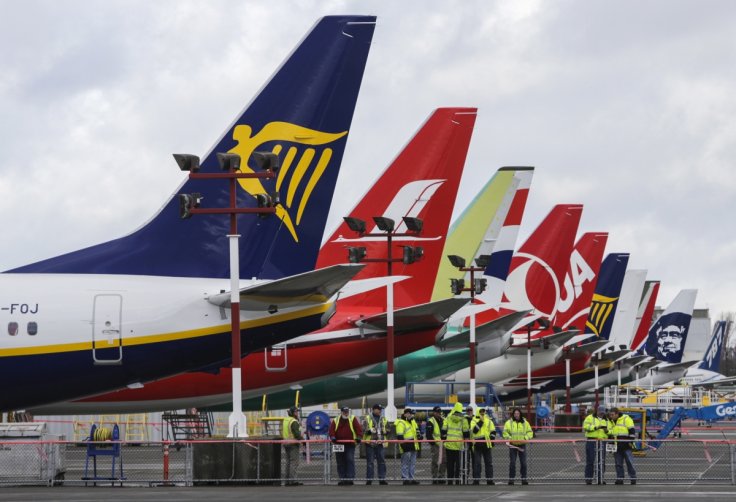The Boeing Company can finally breathe easy, with US safety regulators clearing its Boeing 77 Max to fly again on Wednesday. The ill-fated plane has been grounded since March 2019 following two fatal crashes in Ethiopia and Indonesia that led to a 20-month long regulatory scrutiny and corporate upheaval.
On Wednesday, the US Federal Aviation Administration (FAA) said the clearance would not allow the plane to "return immediately" to the skies. However, the plane has to undergo a number of software and wiring changes following a series of investigations and regulatory reviews. And the aircraft maker needs to make this changes immediately so that the plane can return to the sky at the earliest.
FAA, Boeing Confident

The FAA's decision comes as a big respite for Boeing, with the company suffering huge losses over the past year owing to the growing of its most-popular aircraft. From losing orders to failing to convince the regulators, Wednesday definitely was one of the best days in the aircraft maker's history in recent times.
However, things won't be that easy for Boeing from here on, as the clearance to resume flying comes with a mandate that requires a series of changes that need to be incorporated before the 737 Max finally starts flying.
The FAA also assessed that the accidents in Ethiopia in 2019 and Indonesia in 2018 resulted because of a stall-prevention system known as MCAS, which was triggered by faulty data from a single airflow sensor that repeatedly shoved down the jet's nose as the pilots struggled to regain control.
The FAA said that the design changes it had required "have eliminated what caused these particular accidents". FAA Chief Steve Dickson said he was "100% confident" in the safety of the plane.
Boeing too has assured to make the necessary changes to ensure safety of the passengers and crew. As well as improvements to the plane, Boeing chief executive Dave Calhoun said the company had strengthened its safety practices and culture since the disasters.
Challenges Galore for Boeing

Needless to say, Boeing has a lot of job to do ranging from software and wiring changes to pilot training. Moreover, it will have to modify all the existing 737 Max planes and incorporate the new design in the new ones. Here are a few major changes that the plane will have to undergo.
Software Change
Boeing's Maneuvering Characteristics Augmentation System (MCAS) will now be modified to rely on readings from two Angle of Attack (AoA) sensors that measure the angle at which the wing slices through the air. Earlier it used to rely on only one AoA.
Boeing has already said that the MCAS will activate only if both sensors are in agreement, to ensure more safety. Besides, Boeing will also install a standard alarm that will alert pilots if there is a mismatch in flight data from the sensors.
Separate Wiring Bundles

The FAA has flagged wiring bundles in 737 Max as dangerous, which increases chances of a potential short circuit in certain remote circumstances. If the pilot fails to pick that up on time and react accordingly, it may lead to a fatal crash. Boeing has assured to separate the wiring bundles before the aircraft returns to service.
Foreign Object Debris
While FAA was on with its investigation earlier this year, Boeing said that it has detected "foreign object debris" in the fuel tanks of many of its 737 Max aircrafts. Foreign object debris is the industrial term for waste that includes rags, metal shavings and tools that the workers leave behind during the production process.
This may lead to serious problems. Boeing has since then been cleaning such waste from several of its fuel tanks.
Pilot Training
The FAA has been maintaining from the beginning that only rectifying the design and making software changes won't help but pilots too need to be trained. According to the new mandate, pilots will now have to undergo simulator training including multiple flight deck alerts during untoward situations.
Besides, they will also be trained on how to react to a situation known as runway stabilizer where timely action is required. Pilots also need to be trained for high Angle of Attack malfunctions. This may, however, take a long time and is an area of concern as that could delay the return of the 737 Max to the sky.








